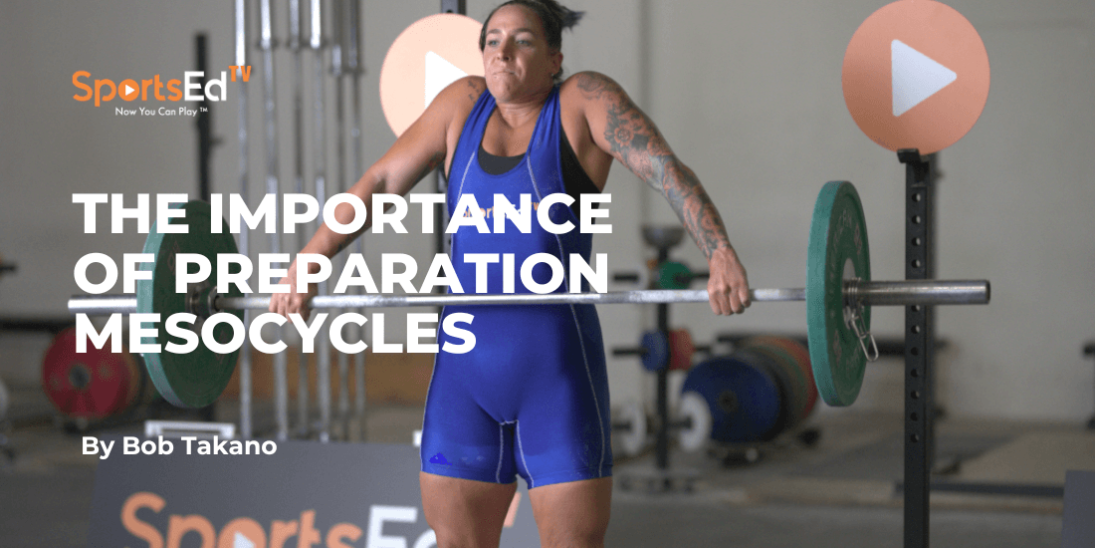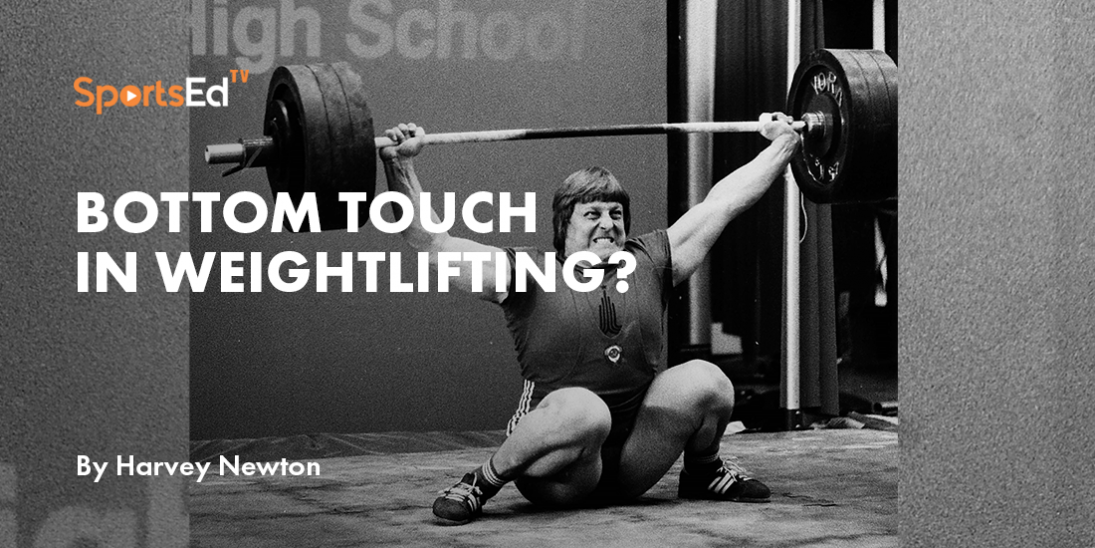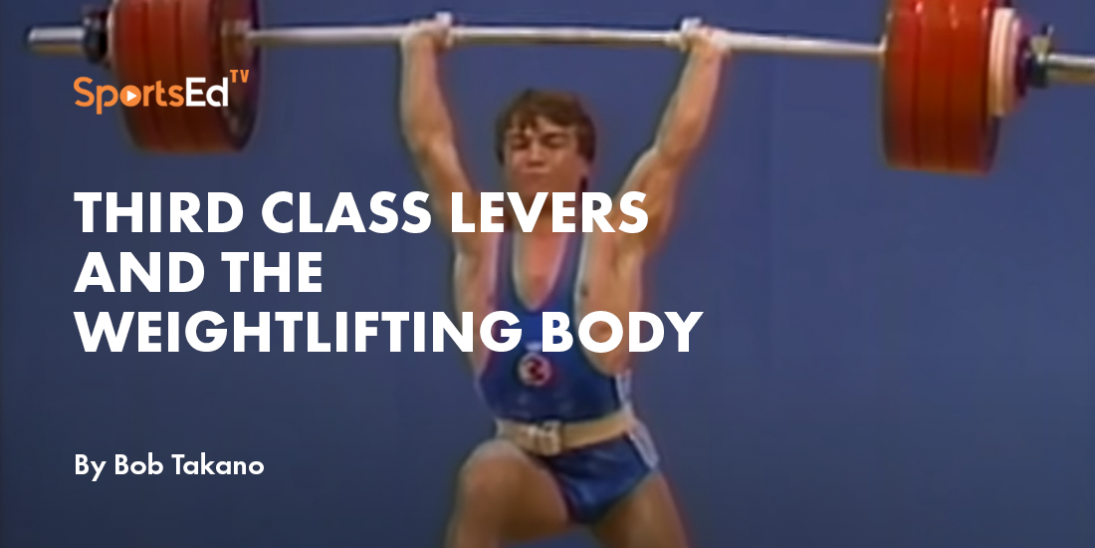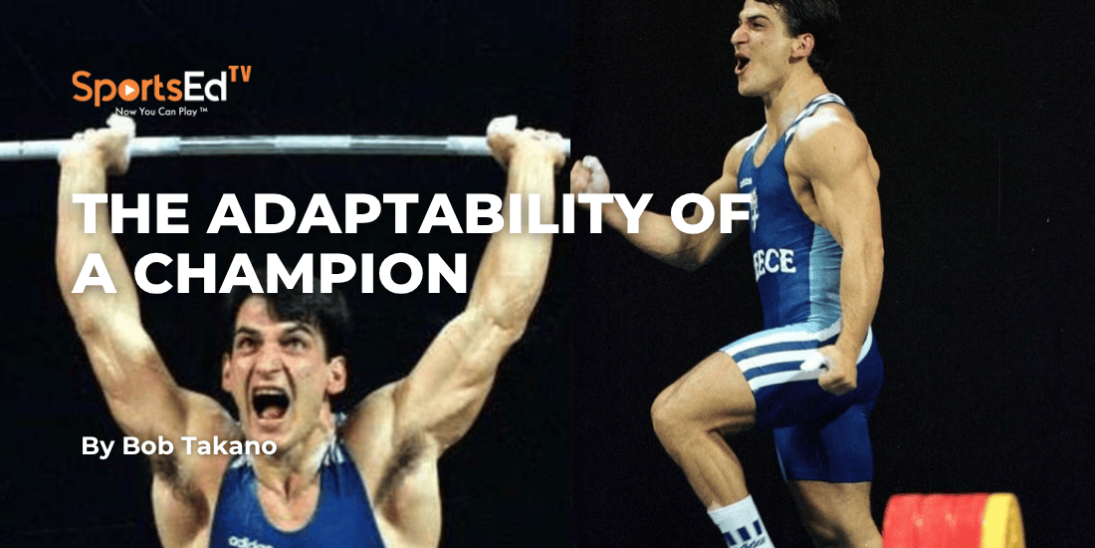Weightlifting
Welcome and thanks for visiting...

Working That Posterior Chain with RDLs
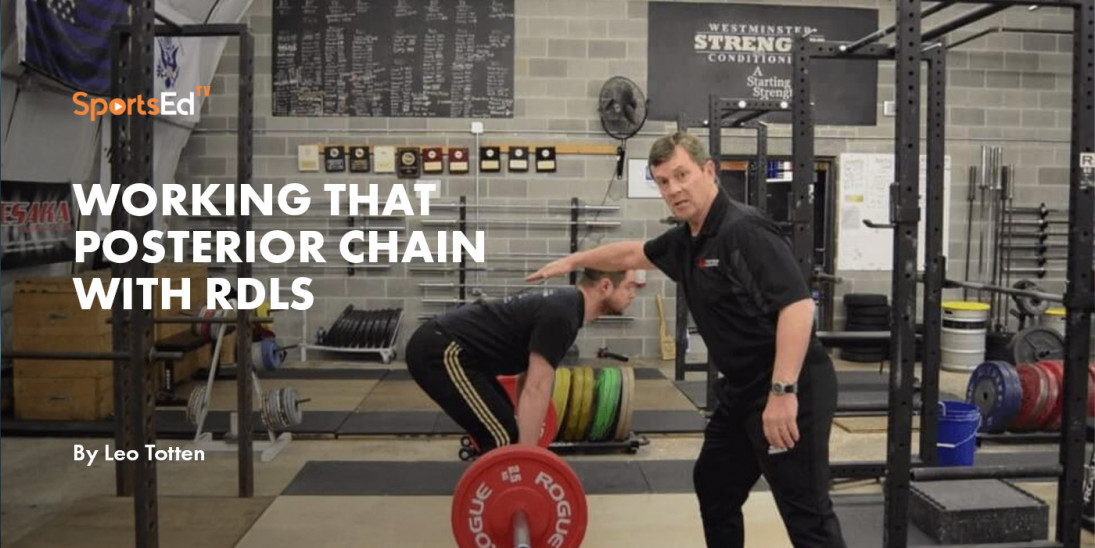
We often use the term, “A chain is only as strong as its weakest link.” But the problem with many athletes is that they avoid working on their weak “links” and only like to work on what they are good at. Human nature at its best!
Too often, the posterior chain is the area most neglected by many athletes of all varieties – strength athletes, weightlifters, powerlifters, or a variety of fitness enthusiasts. But, by avoiding that posterior chain work, they miss out on a necessary component of training. The body needs to have balanced training for maximum performance as well as, most importantly, injury prevention.
The posterior chain involves the large muscle groups of the back, hips and hamstrings – not exactly the “mirror muscles” that many lifters emphasize, but super important, nonetheless. One of the best methods to develop these muscle groups is the RDL or Romanian deadlift.
When done properly, the RDL has lots of benefits. No other exercise hits the hamstrings so well in a coordinated fashion with the glutes and low back. The RDL is a closed chain exercise that closely simulates what happens in most sports, as it assists in that strong, athletic “ready” position. It is an awesome assistance strength exercise that makes squats and deadlifts even better yet. Finally, for those desiring to improve cleans and snatches, this is a great exercise for teaching the body to keep the “shoulders in front of the bar” for that dynamic, explosive top pull.
Check out this video for a detailed explanation of how to perform the RDL properly:
Let’s review a few key points about technique:
- Begin and end each rep in the power position
- Clean grip
- Keep the knees bent at the same angle throughout the lift
- Hinge only at the hip (change the angle at the hip, not at the knees)
- Keep the back flat or slightly concave throughout
- No pressure on the toes throughout the movement
- Take about four-seconds to both lower from and recover to the power position
- By maintaining that hold in the power position, the tension on the posterior chain aides in building strength isometrically
- Lower the bar as far as good technique and flexibility allows (below the knees to mid-shin)
- Should be felt in the hamstrings throughout
(coaching hint: ask the athlete if they can feel the stretch in the hamstrings)
Volume and Intensity for RDLs:
There are many variables when determining training load, but typically we do four to six sets of five to eight reps twice a week.
How heavy? Learning the correct movement pattern is first and foremost, so keep the weight very light in early learning stages. This allows for proper technique (the hamstrings will react the next day!). With experience, base RDL intensity on other primary exercises. After a four-week training cycle we use clean 1RM intensity for RDLs. Over time, this increases to the front squat 1RM. With greater experience, the basis shifts to the squat 1RM. Note: not many lifters get to that intensity.
Variations of the RDL:
- Snatch grip: these are lighter but can be very helpful for getting strong in the positions that the snatch requires.
- RDL with shrug: finish the RDL with an explosive shrug at the top of the pull instead of stopping at the power position. I prefer using this movement as a strength builder rather than a power builder.
Want to get strong in the posterior chain? Try RDLs – they really work!

